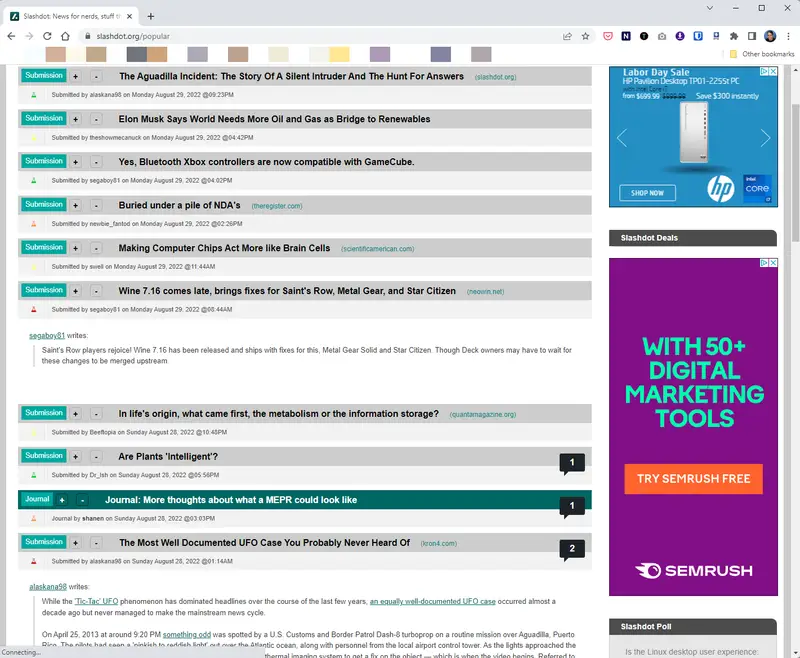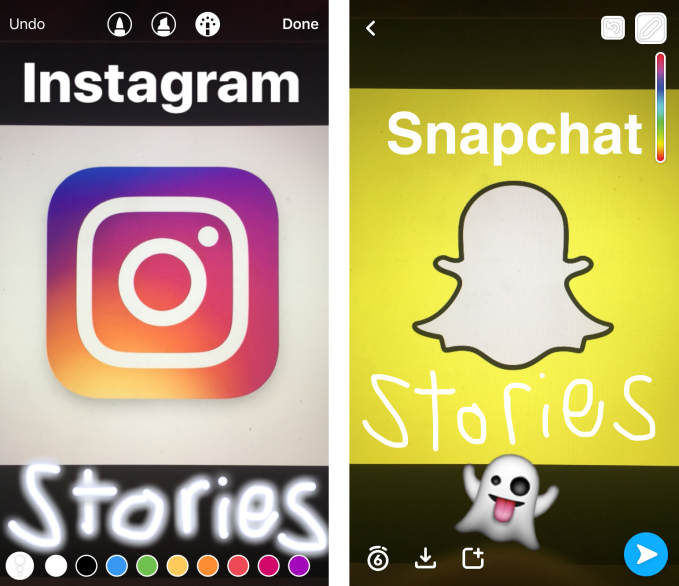
When it comes to product development, the temptation to copy what successful companies are doing is strong, especially if their ideas appear to be working effectively. But is it wise to copy features without careful consideration?
In today’s hypercompetitive business environment, mimicking the product strategies of others might seem like a shortcut to success. However, adopting features from different products without thoughtful adaptation is not a fruitful approach.
While studying the methods of successful businesses and integrating certain elements can be beneficial, it’s crucial to acknowledge the uniqueness of each business. What proves successful for one company might not yield similar results for another, and mindlessly copying features can diminish your brand’s uniqueness and innovation.
In this article, we’ll discuss why product companies must not blindly copy features with some popular industry examples and also show how to mindfully adopt new features.
Real-world examples of companies that copied features
Google+ copying Facebook's News Feed
Google+ was launched in 2011 as a social media platform to compete with Facebook. One of the key features that Google+ copied from Facebook was the News Feed, which shows users a stream of updates from their friends and contacts.


However, the News Feed was not as successful on Google+ as it was on Facebook, and Google+ eventually shut down in 2019.
Reasons:
- Facebook users are more likely to care about updates from their friends and family, while Google+ users were more likely to care about updates from experts and thought leaders.
- Facebook’s News Feed is successful because it is personalized to each user’s interests. Google+ tried to copy the News Feed without personalizing it, so it was not as successful.
Twitter copying Snapchat's Stories feature
In 2016, Twitter launched a feature called Fleets, which was a direct copy of Snapchat’s Stories feature. Stories allow users to post short-lived photos and videos that disappear after 24 hours.


However, Fleets was not popular with Twitter users, and Twitter eventually shut down the feature in 2021.
Reasons:
- Snapchat users are more likely to use Stories to share personal and ephemeral moments, while Twitter users are more likely to use Twitter to share news and information.
- Snapchat Stories are successful because they are a way for users to connect with their friends and family more personally. Twitter’s Fleets were not as successful because they were not seen as being as personal or ephemeral as Snapchat Stories.
Microsoft Zune copying Apple iPod
The Microsoft Zune was a portable media player launched in 2006 to compete with the Apple iPod. However, the Zune failed to gain traction in the market and was discontinued in 2012.


Reasons:
- Zune did not offer anything unique or compelling to users. It was competing with the 5th generation iPod during its launch.
- Zune users were frustrated by the Zune points credit system to buy each song, whereas iPod users could buy the song directly without any intermediaries.
Meta's Threads app copying X
Meta’s Threads app is a new social media app that was launched in July 2023 as a competitor to Twitter. It has many of the same features, such as a feed of short messages, the ability to follow other users, and the ability to like and retweet messages.


However, Threads has also been criticized for copying many of Twitter’s unique features. Some people have even accused Meta of stealing Twitter’s code.
Meta has defended the Threads app, saying it is a new and innovative product offering users a unique experience. However, it is clear that Twitter inspired Meta to develop Threads.
It is too early to say whether Threads will be successful, or not. However, users have criticized the app for lack of original features and its similarity to Twitter. It remains to be seen whether or not Meta’s Threads app will be successful.
Negative consequences of copying the feature
- Context of the product is lost
A feature that works well for one product may not be a good fit for another, depending on the target audience, the overall product goals, its impact on users’ life and other factors. - Overlooking the ‘why’ behind the feature
It’s important to understand why a feature is successful before copying it. Otherwise, you may be copying the wrong thing or implementing the feature in a way that doesn’t work for your product. - Copying can lead to feature creep
If you’re constantly copying features from other products, your product can become cluttered and difficult to use. - Technical errors
Copying a feature may not be as easy as it seems, especially if the feature is complex or tightly coupled with other parts of the product. It gives rise to numerous technical errors and maintenance issues. - Legal issues
In some cases, copying a feature may infringe on the intellectual property rights of the company that owns the feature.
As much as it is important to create features that are original, useful, and desirable for users, sometimes it is not possible or practical to come up with completely new ideas or solutions, especially when there are already existing products or competitors that have proven to be successful or popular in the market. In such cases, copying features from other products is not always a bad idea, as long as it is done mindfully and strategically.
Mindful Copying
Mindful copying means that you do not blindly copy a feature from another product, but you analyze, adapt, and improve it to suit your product and users. The feature should add value and benefits to your product and users. This means you do not copy a feature without offering any differentiation or innovation, but you copy it because it enhances or complements your product’s unique value proposition and vision.
Some industry examples of mindful copying
Reddit:
Reddit, a social news website that allows users to submit, vote, and comment on content from various sources. Reddit was inspired by Slashdot and Delicious, two earlier websites that allowed users to share and rate links to online content.


However, Reddit did not just copy the features of Slashdot and Delicious, but it realized early on that the key to its success would be its recommendation system (the upvote/downvote mechanism in its case). Reddit created subreddits, which are user-generated communities that cater to different interests and niches. It also fostered a culture of humor, creativity, and generosity among its users.
Instagram:
Instagram, a photo and video sharing app that allows users to capture, and share their moments with their followers. Instagram copied the Stories feature from Snapchat, a social media app that allows users to send short-lived photos and videos that disappear after 24 hours.


However, Instagram did not just copy the Stories feature from Snapchat, but it used it to enable the next wave of content creation on Instagram. Instagram used Stories to attract more users and engagement to its platform by offering more creative tools and filters, and more integration with other features. Hence it gave creators more discoverability and reachability of content, and more monetization opportunities.
From the examples above, we can see that blindly copying features from successful products can lead to disastrous outcomes for businesses. The real-world examples provided in this article showcase the importance of understanding the context, reasoning, and uniqueness behind a feature’s success. When businesses overlook these factors, they risk losing the essence of their own brand identity and innovation.
The key takeaway here is not to shun the idea of copying successful features but to approach it with mindfulness and strategy. By understanding the unique needs of their audience and adapting features creatively, businesses can strike a balance between leveraging proven concepts and ensuring their products remain distinctive, valuable, and competitive in the market. This approach fosters innovation, sustains brand identity, and ultimately leads to enduring success in the ever-evolving landscape of technology and consumer preferences.



